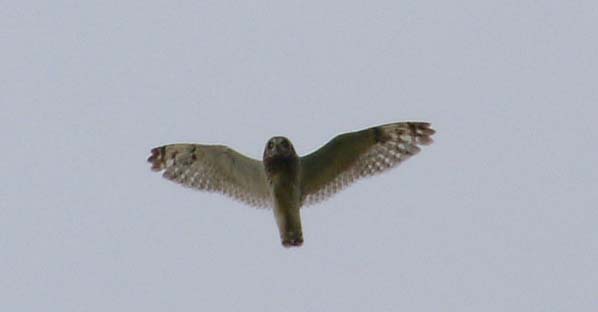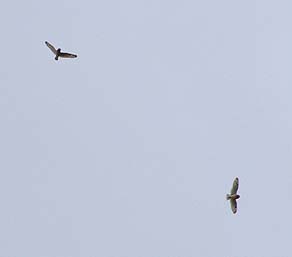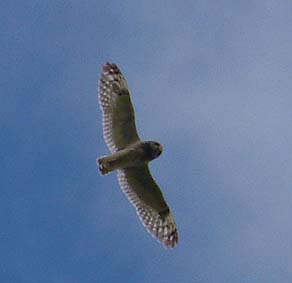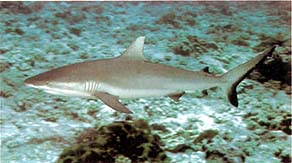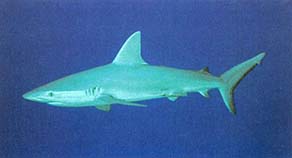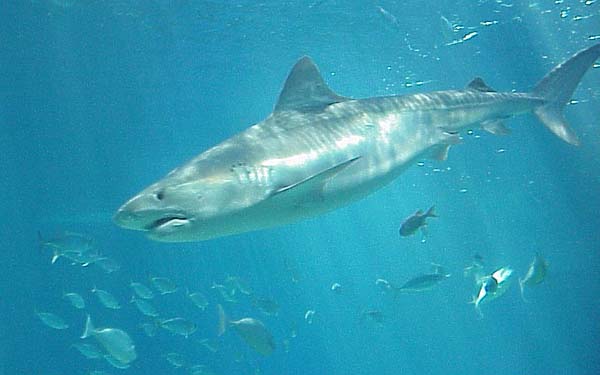 |
 |
 |
|||||
|
|
|||||||
|
|
|||||||
| |
|
|
|
|
“‘Aumakua can appear as the pueo,” ‘Ilima says. “Our family, we were Christians, and so we just kind of focused on Christianity. I mean, I knew that there were a lot of legends. But my Mom and Dad always talked about the pueo. I remember if it happened to fly in front of any kind of vehicle—a car, a horse, whatever you were riding—it was an omen of bad luck. "Now for the Hawaiian people, the owl actually is a symbol of luck—good things. But if it flew in front of what you were riding, then it was not a good omen. Of course the owl is such an elegant bird. And then another thing: if you kill an owl, the Hawaiians believe, that was the ultimate bad luck. Whether by accident or on purpose: ultimate bad luck."
|
||
|
|
||
| “One time my mother found this white owl dead on the road,” Ku‘ulei recalls, “and she brought it home. She told me we had to bury it. She said we couldn’t leave it on the road. And I said, 'Why is that?' She goes, ‘The owl is our ‘aumakua, and a white owl is special. If you find it dead on the road, it’s terrible. You’ve got to bury it.’ So we buried it out there in the back garden. That made her happy. “But my mother didn’t get into telling us about that kind of stuff. I don’t know if it’s because she didn’t want us to do it or feel bad, but that was the one time I remember her saying something about the owl being our family guide. That’s why she said, 'You have to respect it, put it in the ground.' “And then there’s something else too. She goes, ‘You don’t want bad people to get your ‘aumakua and do bad things to it.’ And I said, ‘Like who, mom?’ But she didn’t respond, she only said, ‘We’re going to bury it, I want to bury it in the back yard.’ I said 'Okay.' So we dug a hole and buried it and she was happy."
|
|
|
“We grew up, we respected pueo,” Mel says. “But I wasn’t too deeply into that. I never found out about ‘aumakua and stuff like that, because at that time my mind was Christianized. This was during my younger days. I found out about all this when I was married, when I had children already. “I remember the night we had a ceremony to honor Kamehameha at his birthplace in North Kohala. At the closing of a very moving ceremony, a huge white pueo came sweeping over us and flew off into the night skies. It was an inspiration to everyone who saw him. The pueo is also our family ‘aumakua. "The Hawaiian hawk, ‘Io, is my personal ‘aumakua and my family’s. He represents the god of the universe, ‘Io Kalani Nui—this was the god of old Hawai‘i. There was a god of the universe, and still is today. Some of the old worshipers of ‘Io takes it another step up and says, '‘Io Kalani Nui a ma mau'."
|
|
|
|
"There were a lot of things that we couldn’t do," Lani recalls. "You couldn’t walk under something, I remember my grandfather said, ‘Don’t walk under that tree’ or ‘Don’t walk under there.’ Just one certain tree. I said, ‘But why?’ He said ‘That’s a god.’ My grandfather used to tell me don’t do that, don’t go over there, it’s ‘aumakua over there. ‘Aumakua is like a god." “For Hawaiians, there were even some fishes that they made ‘aumakua out of them,” ‘Ilima points out, “and the family never ate those fish. It was kapu. I remember the different kinds of fish that you never ate. But because we never had an ‘aumakua, we ate them and it was alright. But I’ve heard of legends where sharks would protect people and how they had the mouth of a shark on the back of a person. You were protected."
|
||
|
|
||
“I know that was a shark,” Mel says. “In fact one night my grandfather and I went out fishing for ‘upapalu, the night fish. My Grandpa sat in the back seat of his three man canoe, I sat in the front. When we got beyond the reef, I threw out the anchor and we started to fish. (Grandpa uses several hooks on one line.) Twice he brought up several fish. "Then there was this bump on the right front of the canoe and I looked back at Grandpa. He looked at me and told me to put up the anchor and we paddled our way home. I did not question why we were going home until we had unloaded the canoe and were back in the house. I asked Grandpa, 'How come we came home?' He replied to me, 'You watch!' And then it started to rain and the ocean became very rough! Then he told me that the bump on the canoe was a warning by the ‘aumakua (shark) that the storm was coming. And the storm did come.”
|
|
|
“You know our ‘aumakua is a shark,” Pua says. “But I don’t believe that because, I’m deathly afraid of them. But we used to go fishing in our little skiff and whenever there was a shark by, it always brought my father good luck. And that’s why he said, 'The shark is our ‘aumakua. We cannot hurt the shark. We must respect the shark.' “There’s a reef right out here, and there’s a big hole, and my Dad always said, ‘You watch the Old One.’ That’s the old shark, and that’s the shark that they respect. It was a specific shark, they called it ‘the Old One’. And he said it was a huge shark, really huge. And it doesn’t bother anybody. Whenever the shark goes with you, you going to have luck in fishing.”
|
|
|
|
|
“If he’s still alive,” says Louie, Pua’s husband, “he must be about 60 feet long. I don’t really know what kind it is. I’ve never seen it. But it’s supposed to go between right here Honokoa and all the way up to a place we call Black Point. Three or four miles up the coast, back and forth. But I’ve never seen it. Might have went some place else, I don’t know." Pua adds, "And my Dad always used to say, ‘Watch out, the Old One up there. You watch out.’"
|
||
|
|
||
‘Aumakua are not the only "old ones" at Kawaihae. Read now about encounters with Night Marchers.
|
||
|
|
||
|
|
|
|
|
|

|
| Kawaihae Home | Map Library | Site Map | Hawaiian Islands Home | Pacific Worlds Home |
|
|
|
|
|
|
|||
| Copyright 2006 Pacific Worlds & Associates • Usage Policy • Webmaster |
|||
